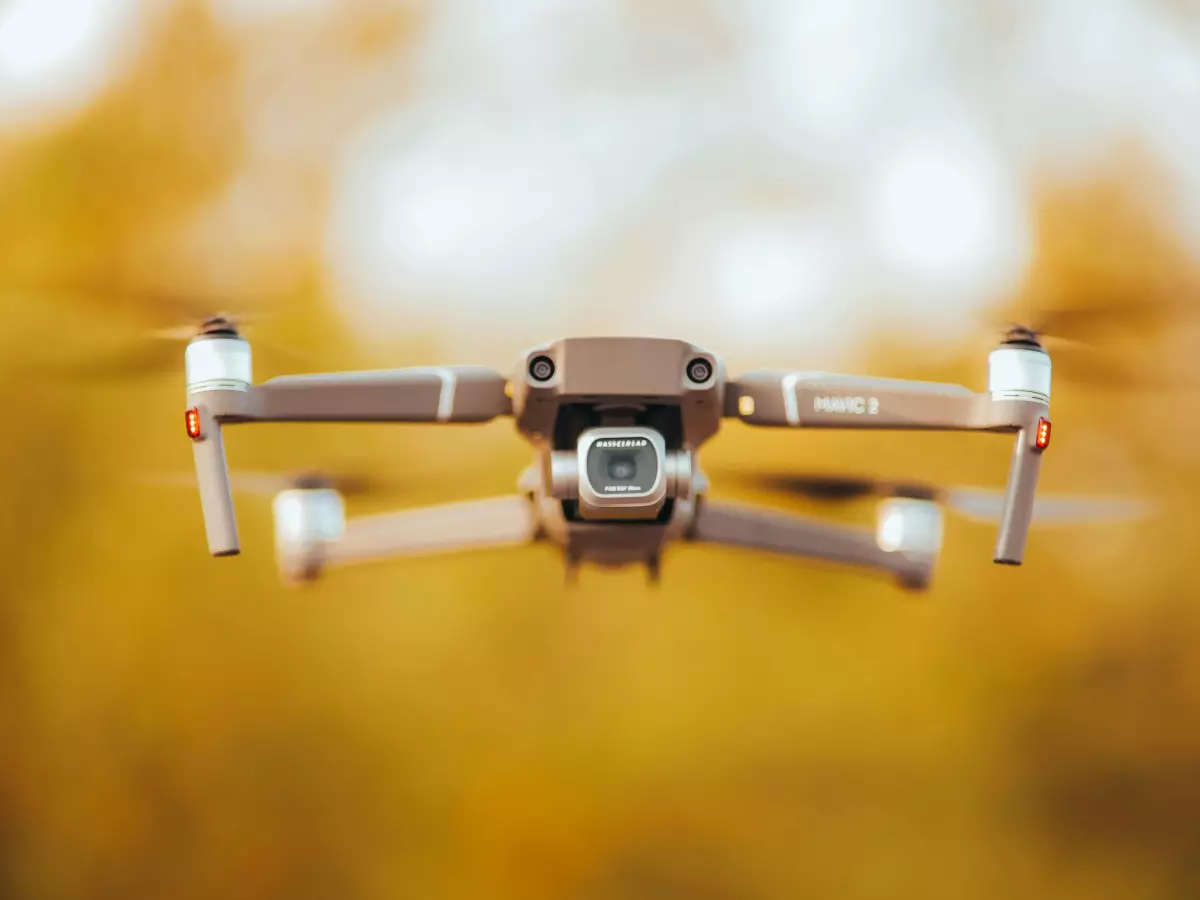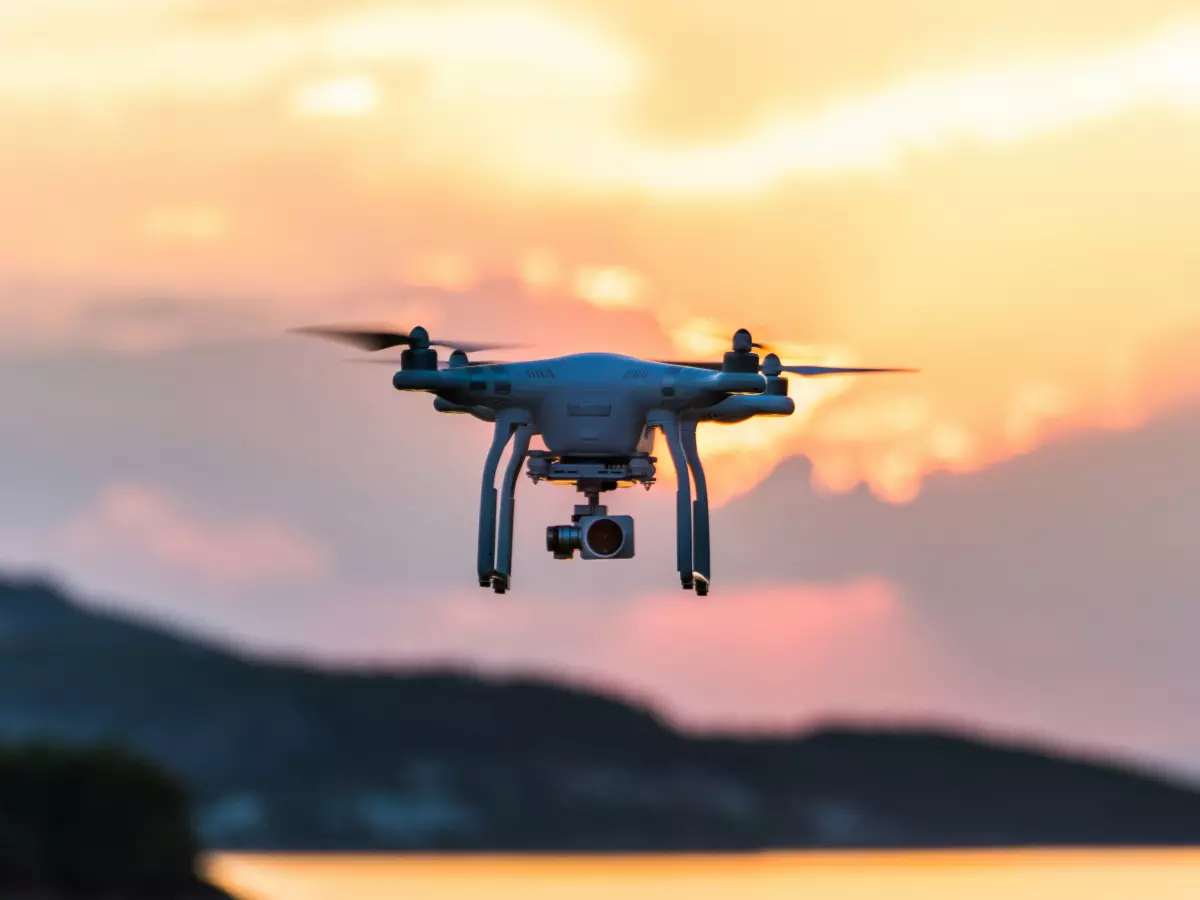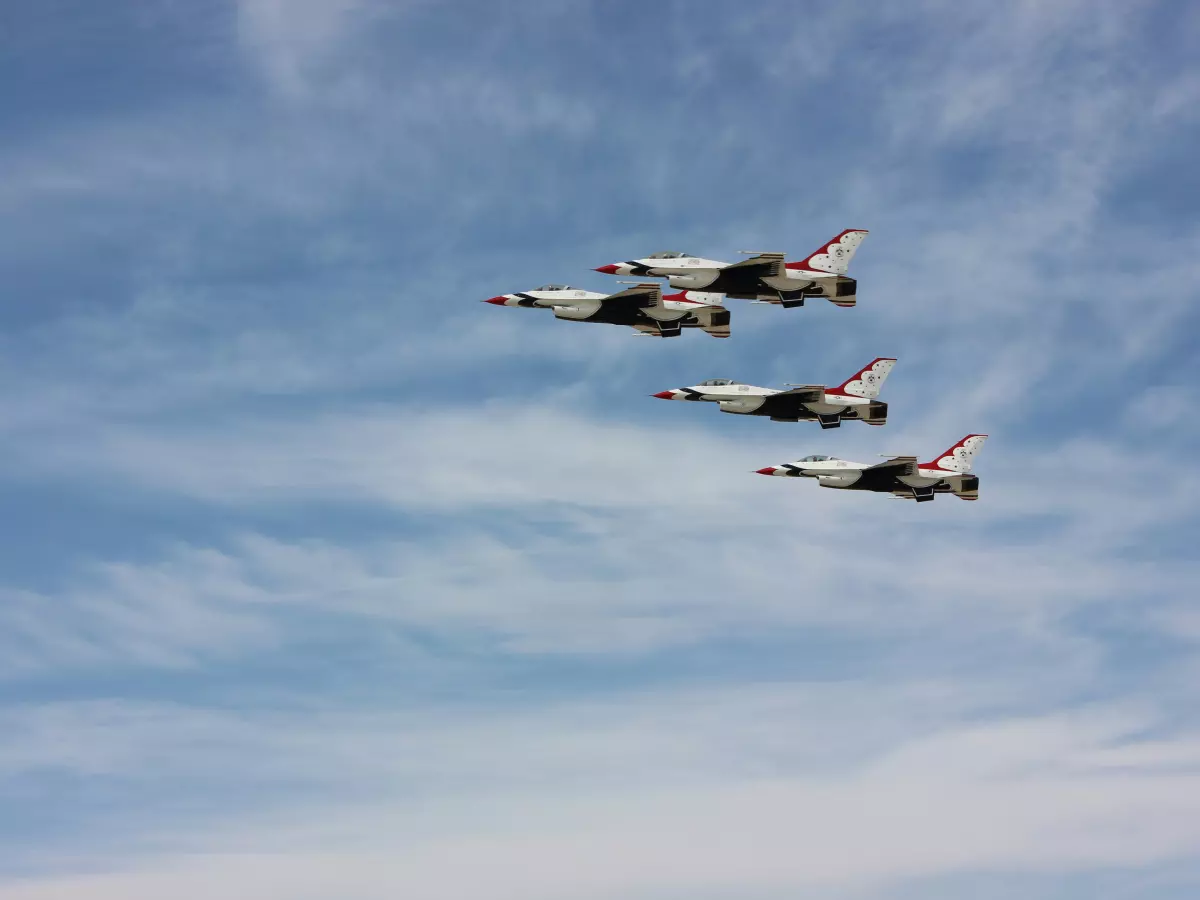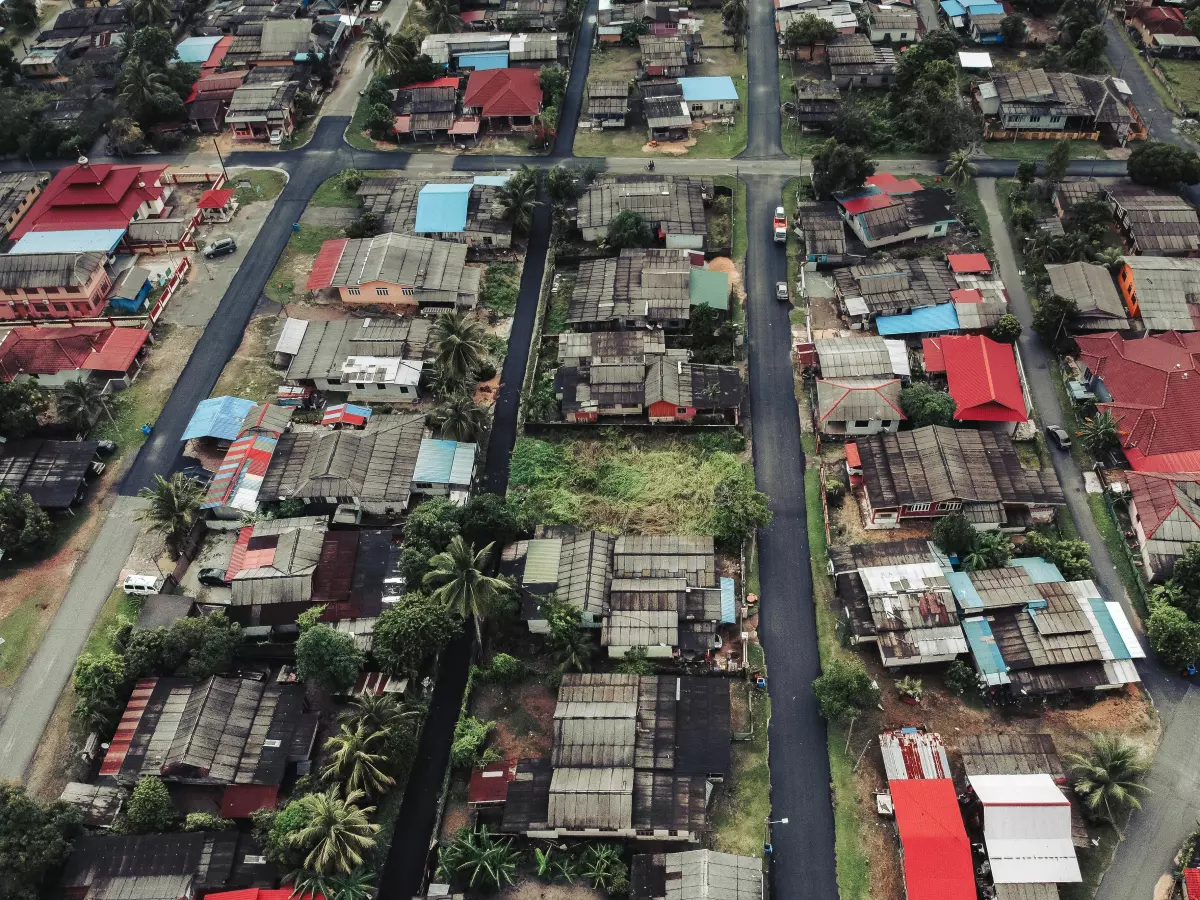Formation Flight Unveiled
What do flocks of birds and synchronized drone swarms have in common? More than you think. Both rely on intricate systems of communication and coordination to move as one, but for drones, it’s all about cutting-edge tech.
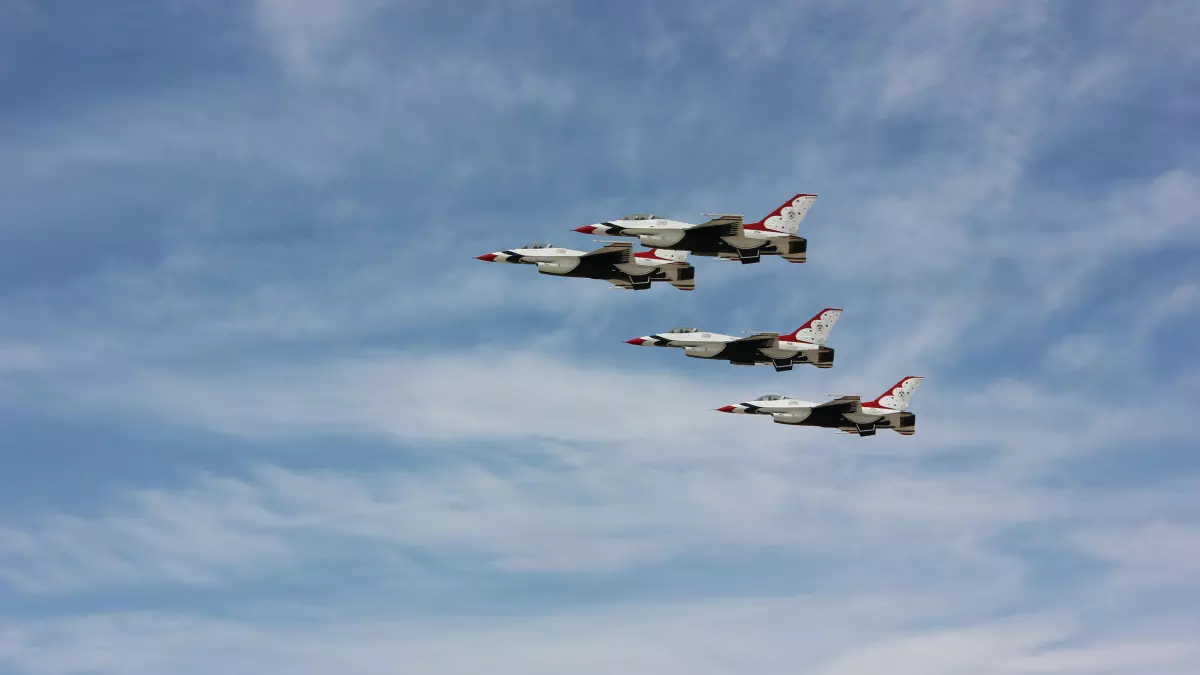
By Tomás Oliveira
Formation flight, where multiple drones fly in precise, synchronized patterns, is one of the most visually stunning feats in modern robotics. But behind the beauty lies a complex dance of algorithms, sensor fusion, and flight control software. Unlike birds, drones don’t have millions of years of evolution to guide them. Instead, they rely on human ingenuity to achieve this level of autonomy.
At the heart of this capability is flight control software, the brain of the operation. It processes data from multiple sensors, integrates it through sensor fusion, and makes real-time decisions to ensure that each drone knows its position, speed, and role in the formation. But how exactly does this work? Let’s dive in.
The Role of Sensor Fusion
Sensor fusion is the process of combining data from multiple sensors to create a unified understanding of the environment. For drones flying in formation, this means integrating inputs from GPS, accelerometers, gyroscopes, cameras, and even LiDAR systems. Each sensor has its strengths and weaknesses, but together, they provide a comprehensive picture.
For example, GPS provides positional data but struggles in areas with poor signal, like urban canyons or indoors. Cameras can visually track other drones but are affected by lighting conditions. By fusing these inputs, drones can compensate for individual sensor limitations and maintain formation even in challenging environments.
Flight Control Software: The Maestro
If sensor fusion is the orchestra, flight control software is the maestro. It takes the fused data and translates it into actionable commands. This involves solving complex equations in real-time to ensure that each drone maintains its position relative to the others.
One key aspect is trajectory planning. The software calculates the optimal path for each drone, considering factors like speed, obstacles, and the movements of other drones. It also includes collision-avoidance algorithms to prevent mid-air mishaps. This is particularly crucial in dynamic environments where conditions can change rapidly.
Communication is Key
For drones to fly in formation, they need to communicate constantly. This is typically done through wireless networks, where each drone shares its position, speed, and intended trajectory with the others. The challenge lies in ensuring that this communication is fast and reliable, even in environments with potential interference.
Advanced systems use techniques like mesh networking, where each drone acts as a node in a decentralized network. This allows the swarm to adapt if one drone loses connection or experiences a failure. It’s a bit like a flock of birds instinctively adjusting when one bird veers off course.
Applications of Formation Flight
Why go to all this trouble? The applications of formation flight are as diverse as they are exciting. In entertainment, synchronized drone shows have become a popular alternative to fireworks, creating dazzling displays that are both eco-friendly and mesmerizing. In defense, formation flight enables swarms of drones to carry out coordinated missions, such as surveillance or search-and-rescue operations.
In agriculture, drones flying in formation can cover large areas efficiently, whether it’s for crop monitoring or pesticide spraying. And in logistics, formation flight could revolutionize package delivery by enabling fleets of drones to operate in harmony.
The Challenges Ahead
Despite the progress, formation flight is far from a solved problem. One major challenge is scalability. While it’s relatively straightforward to coordinate a small group of drones, managing larger swarms introduces new complexities. Communication delays, computational limits, and the risk of cascading failures all become more pronounced as the number of drones increases.
Another challenge is energy efficiency. Formation flight requires constant adjustments, which can drain batteries quickly. Researchers are exploring ways to optimize algorithms and hardware to extend flight times without compromising performance.
The Future of Formation Flight
As technology advances, we can expect drones to achieve even greater levels of autonomy and coordination. Imagine swarms of drones working together to build structures, map disaster zones, or even explore other planets. The possibilities are limited only by our imagination—and, of course, the laws of physics.
In the meantime, the next time you see a drone light show or hear about a new breakthrough in autonomous flight, take a moment to appreciate the incredible technology that makes it all possible. From sensor fusion to flight control software, it’s a testament to what humans can achieve when we combine creativity with engineering.
So, whether you’re a tech enthusiast, a drone hobbyist, or just someone who loves a good light show, formation flight offers a glimpse into a future where machines move not just with precision, but with grace.
